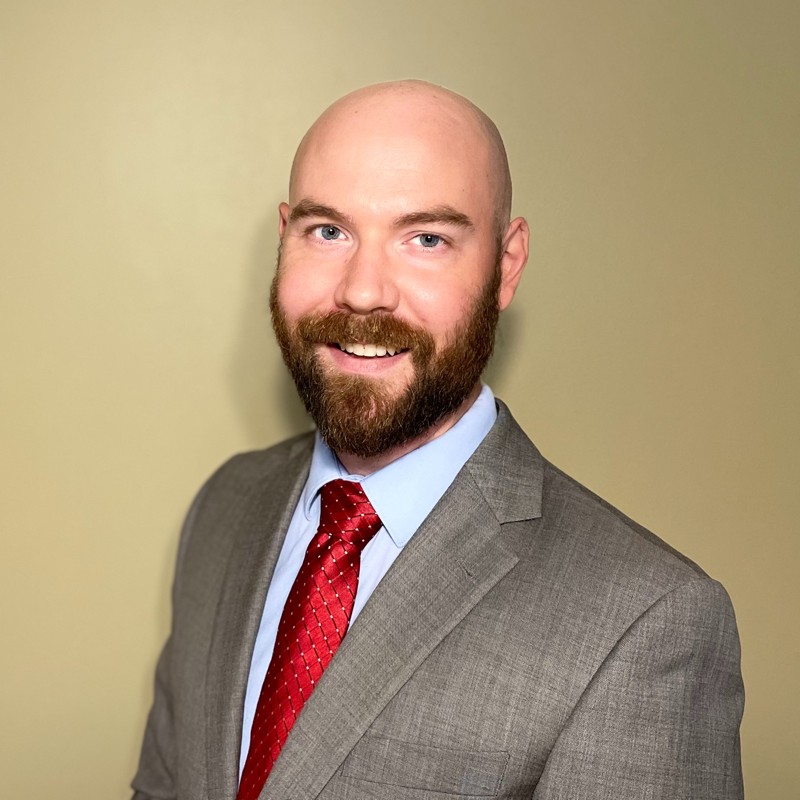How to manage asset lifecycles effectively for hardware subscriptions
by Zachary Kimball on February 29, 2024
Hardware-as-a-service (HaaS) can be complicated, but it doesn’t have to be. Complexities typically emerge because HaaS solutions include both hardware and software. Hardware companies offering subscriptions must operationalize several key concepts to run their business effectively. The most important concept for a successful HaaS businesses to develop is a clear framework to manage the asset lifecycle.
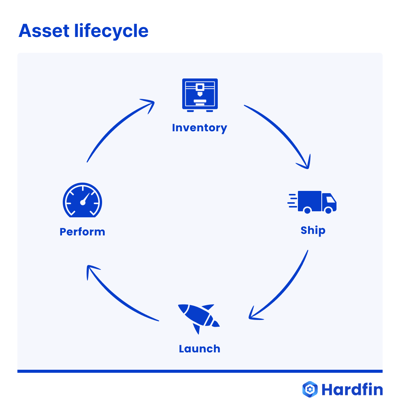
Asset lifecycle management plays an essential role in an effective hardware subscription, regardless of the company's hardware-as-a-service model. The two key questions are:
- What stages are there for each journey an asset takes in the field?
- How do you track an asset's lifecycle across each of those journeys?
By starting with a clear framework and best practice, companies can be more proactive. We often find that companies develop an approximate answer to these questions through trial-and-error as the business evolves over time.
Asset lifecycle management frequently becomes deprioritized relative to software and services. Vendors know that lifecycles are important for managing their devices, equipment, and machines. But they’re surprised to discover that assets are the most important thing to manage effectively. Hardware companies often get distracted instead by subscription operations, whether they’re using a hybrid HaaS or full-subscription business model.
Strong management of the asset lifecycle streamlines everything—from logistics execution to customer experience, and from financial operations to business performance. When proper tracking is not prioritized, it’s the most frequent cause of downstream problems.
What is an asset lifecycle?
Every asset has a lifecycle. It starts with a “journey”—assets are assigned to a customer, shipped, launched on location, and their ongoing performance is monitored.
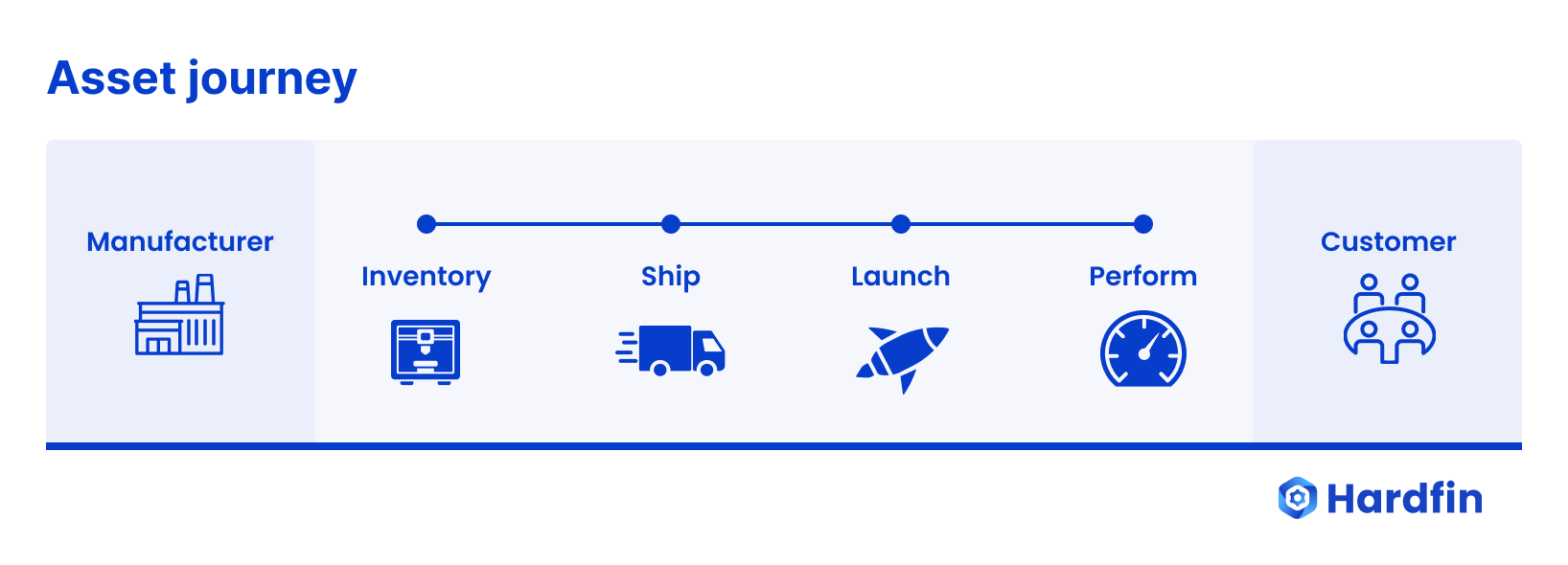
Leading HaaS companies use different terms to refer to these journeys. Some common terms across the industry include:
- Journeys
- Trips
- Flights
- Deployments
- Activations
An asset may then be shipped elsewhere—whether back to the warehouse for repair or upgrade, to a new customer site, or to a new customer altogether. Eventually, equipment is taken out of service (so-called “end of life”).
Industry example: robotics-as-a-service (RaaS)
Rick Faulk, CEO of Locus Robotics, calls an asset journey a “tour of duty.”
A robotics company like Locus might send a fleet of bots to DHL for a contract, and at some point a bot returns for repair or upgrade. Later it is shipped to Nike for its next “tour of duty.” Meanwhile, other bots may be deployed to DHL to continue delivering services to that customer.
The lifecycle of each device is the cumulative history of all its journeys. Every time an asset moves, the HaaS company should record that movement. Doing so gives the company a complete and accurate historical view of the asset’s lifecycle, which can be used for everything from customer service operations to financial audit readiness.
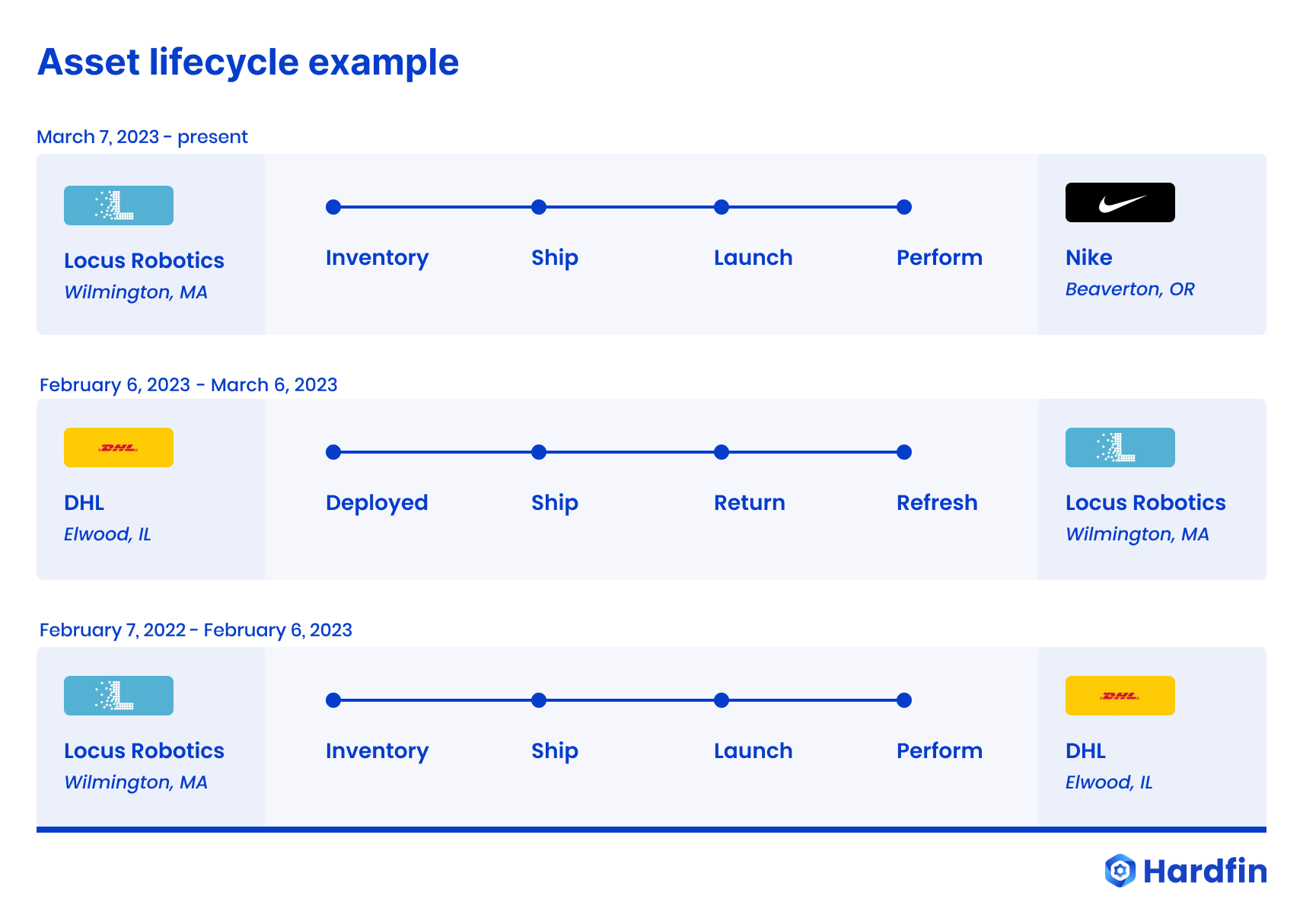
The complexity of tracking assets across the lifecycle
Every asset journey consists of at least four steps: where it started, when it shipped, when it launched, and how it’s performing. These are the most fundamental events of an asset journey.
Each company uses different language to refer to these stages. And every hardware subscription business experiences additional complexities beyond these basics. Among the more common names and additional events:
- Installation (or implementation)
- Deployment (or activation)
- Systems acceptance testing (SAT)
- Grouped shipments (batches)
- Temporary deployments (loaners)
- Service and maintenance visits (repairs)
- Customer-to-customer journeys (transfers)
A company running hardware subscriptions should define the appropriate stages of their asset journey, and track these carefully as part of the asset lifecycle. This is true whether the HaaS company is shipping out $100 sensors or $1,000,000 machines.
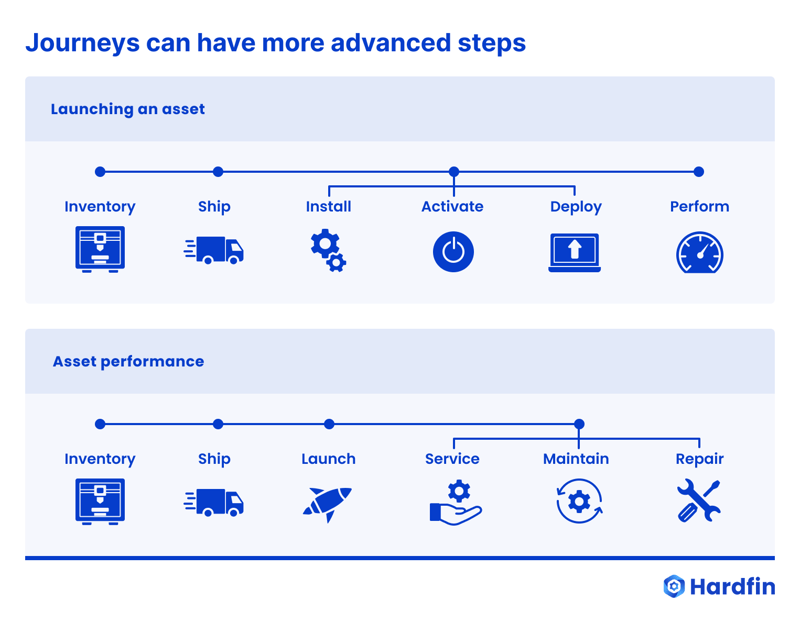
The fact is: every successful company offering subscriptions on devices has many pieces of hardware in the field, so something is always in motion. Some assets might be owned, others might be sold. Some might stay with a customer for years, others may go out for 6 months at a time. Some may work flawlessly, others may need return and repair. The details depend upon your hardware, your customers, and your contracts.
Related posts
The long-term success of the company and customer depends on a solid understanding of asset lifecycles. Each journey should be recorded as part of asset history over time, and tracked in a single source of truth. All teams—Inventory, Shipping, Sales, Service, Finance, Operations, etc—should have access to consistent and accurate real-time details.
Why does asset lifecycle management really matter?
Asset lifecycles are fundamental for hardware. Almost every function in a HaaS organization requires visibility into asset lifecycles. And there are many parallel workflows involved in making hardware subscriptions successful.
These workflows break down broadly across commercial, asset, and accounting operations.
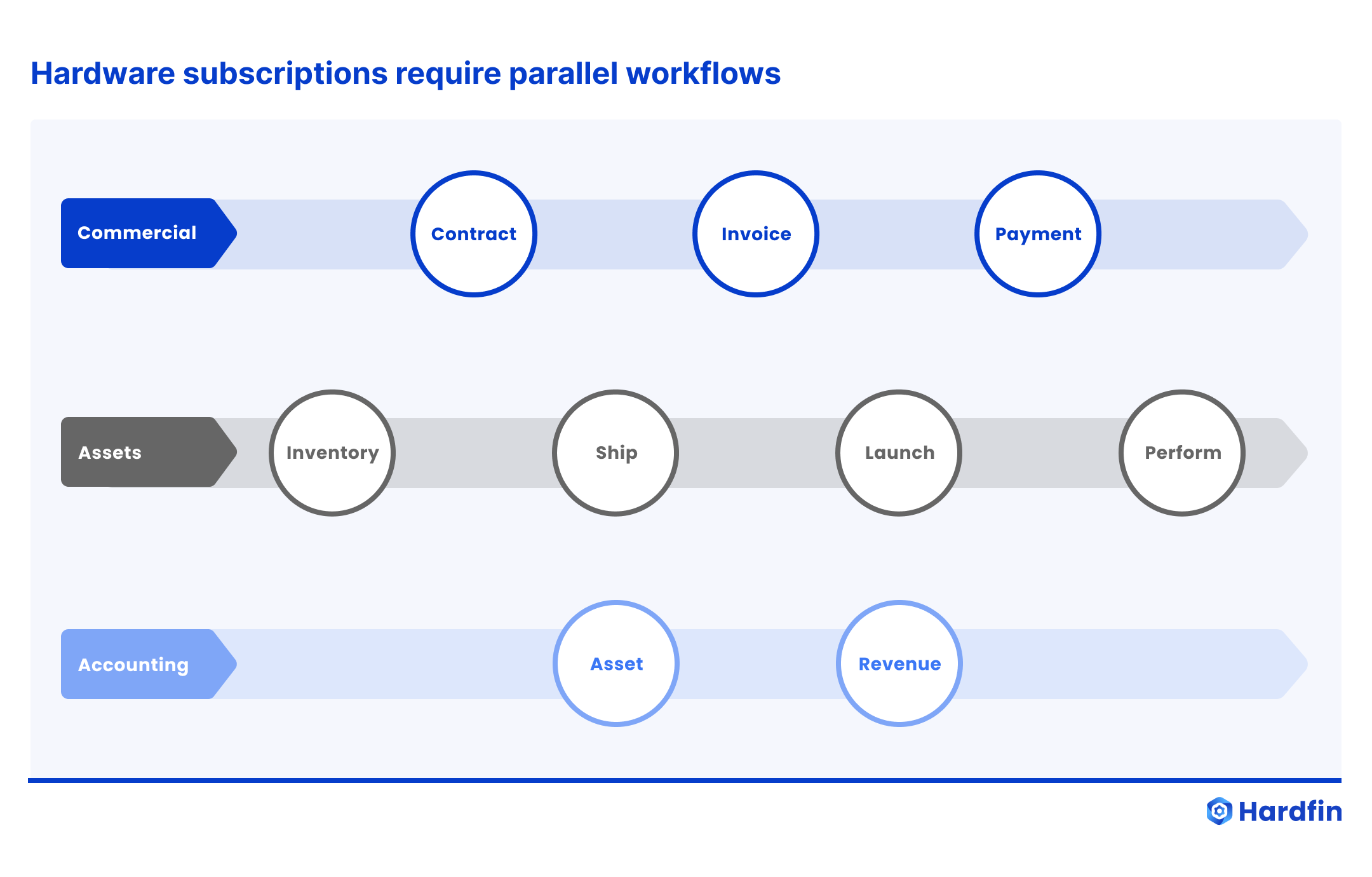
However, all the operations are linked very closely.
- Sales teams quote deal timelines depending on asset availability.
- Finance sends invoices based on asset events, so must track asset stages.
- Operations and Field teams must account for the history of every asset they touch.
- Customer Service and Success teams rely on asset histories to communicate with customers.
- Accounting teams recognize revenue based on asset activity.
- Finance teams need to track asset movements for detailed audit trail.
So hardware subscriptions workflows are not only parallel, they are deeply intertwined. And asset lifecycles are at the center.

Hardware-enabled subscription models make sense for many equipment companies because these models drive more revenue, create higher-value businesses, and allow manufacturers to have deeper engagement with their customers. If asset lifecycle management is well executed, then HaaS grows revenue, increases margins, increases valuation, and improves overall business outcomes. But without asset lifecycle tracking, hardware companies can’t successfully realize the benefits of HaaS.
The risks of missing or mediocre asset tracking
Many hardware companies struggle to track asset lifecycles manually on spreadsheets, or in custom objects as part of a CRM. Not only is it cumbersome and error-prone, but it requires strong and consistent cross-functional efforts to maintain. Successful asset journey tracking in a bespoke system requires a dedicated resource to record and maintain connections, configurations, and improvements over time.
Take the Finance function, for example. When data isn’t available with unified reporting, Finance might have to reach out to the warehouse, call the Shipping department, and text the Installation team in order to verify what stage a given asset is in. It’s why many HaaS finance teams can’t answer some fundamental questions confidently. Which assets do we have? Where are they? What commercial program are they on? When should we invoice an asset? How much is due for it?
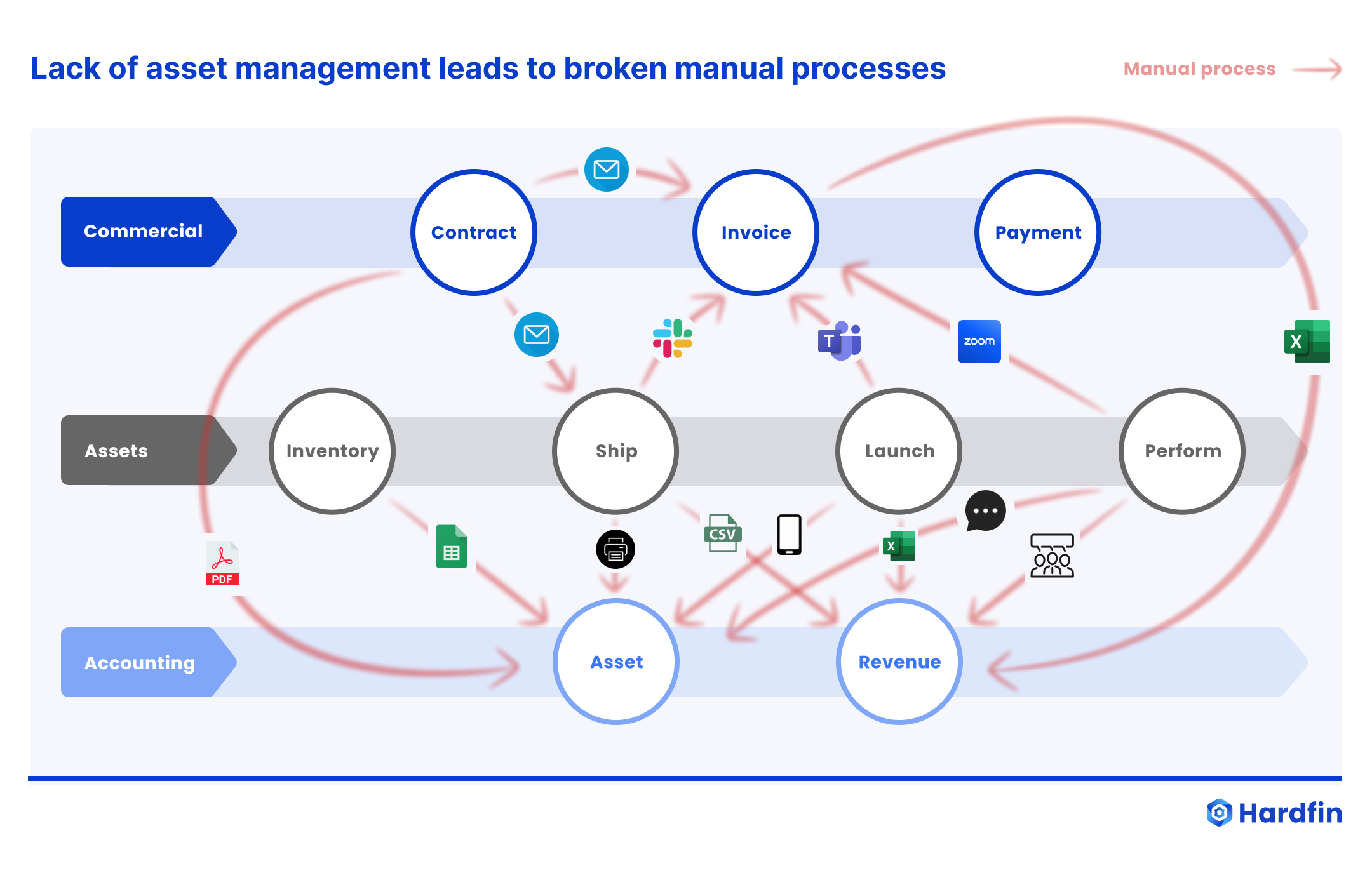
The problem plagues more than finance. Poor asset lifecycle management (or a lack of central asset tracking altogether) is the root of most problems at HaaS companies—from sales to operations to accounting. It leads to failed deployments, lost assets, customer exits, missed billings, erroneous invoices, accounting errors, audit risks, and more.
Hardware financial operations for asset lifecycle management
Hardware subscriptions are a fundamentally different business model than traditional hardware sales, and a fundamentally different business problem than software-as-a-service (SaaS). HaaS companies must track their asset journeys over time to build a full picture of the asset lifecycle.
Unfortunately, CRM and ERP software can’t track asset journeys, because these solutions were not developed with hardware subscriptions in mind. But tracking must happen in a unified system, so the entire team has visibility into every asset and no detail falls through the cracks. Without understanding your assets’ context—past, present, and future—you run the risk of disrupting every operation in the organization.
With Hardfin, HaaS companies finally have what they need to turn hardware assets into recurring revenue. Hardfin works across the organization—providing operations the capabilities they need to track every asset, giving finance the detail needed to invoice and account for each asset’s tour of duty, and offering a bird’s eye view of the fleet for the executive team.
Hardfin knows every time a robot is exchanged. When assets were tracked on spreadsheets, there was miscommunication about movements. Maybe even no communication! Accounting cleanup was painful, and would have become impossible. So this is not only about existing activity; we’re talking future preventive measures.
High-performing HaaS companies have stakeholders across the organization working to make asset journeys successful. If you’re part of a team working through challenges with asset lifecycle management, we’d love to talk with you.
- HaaS (74)
- hardware as a service (74)
- haas100 (40)
- business model (9)
- billing (7)
- contract (4)
- equipment (4)
- RaaS (3)
- accounting (3)
- asset management (3)
- financing (3)
- operations (3)
- MSP (2)
- legal (2)
- managed service provider (2)
- revenue (2)
- robotics (2)
- robots-as-a-service (2)
- DaaS (1)
- MaaS (1)
- actions (1)
- assets (1)
- business model examples (1)
- device-as-a-service (1)
- eaas (1)
- equipment-as-a-service (1)
- finance (1)
- hardware financing (1)
- machine-as-a-service (1)
- pricing (1)
- product update (1)
- sales tax (1)
- solution definition (1)
- tax (1)
- December 2025 (1)
- November 2025 (2)
- October 2025 (2)
- September 2025 (2)
- August 2025 (3)
- July 2025 (3)
- June 2025 (2)
- May 2025 (2)
- April 2025 (2)
- March 2025 (4)
- February 2025 (4)
- January 2025 (3)
- December 2024 (3)
- November 2024 (2)
- October 2024 (2)
- September 2024 (3)
- August 2024 (2)
- July 2024 (2)
- June 2024 (2)
- May 2024 (1)
- April 2024 (2)
- February 2024 (3)
- January 2024 (3)
- December 2023 (3)
- November 2023 (3)
- October 2023 (3)
- September 2023 (1)
- August 2023 (2)
- July 2023 (2)
- June 2023 (1)
- May 2023 (1)
- April 2023 (2)
- March 2023 (1)
- February 2023 (1)


